Rare Insights into How to Design Custom Minifigs:
PART 3: VISUALISATION & PERSONALITY:
In this final part of our study we explore the key elements (no pun intended) involved in designing custom LEGO® figures: the concepts of visualisation and personality. In so doing, the investigation will border on topics of art, philosophy, metaphysics and identity.
The key to creating a unique mini-figure lies in the ability to create a personality for the figure that mirrors the personality of the person of whom the figure is being created. People can be funny, outgoing, happy, morose, young, ambitious, studious, successful, musical, creative and sporty to begin to list a few characteristics. They can be passionate about things like cooking, art, writing, theatre, computer games, football and music to name a few and their hobbies can be as diverse as star-gazing, windsurfing and stamp collecting and everything in between.
Hobbies, interests, passions and personality traits are all integral aspects of a person that must be captured and combined if you are to have any hope of incorporating various aspects of a particular human being into a LEGO® figure. The process is artistically challenging, and creatively problematic and involves more than anything, a deep understanding and knowledge of the person being ‘bricked’.
It is precisely this thought and attention that goes into making these figures such tremendous gifts. When you find the right gift for someone it is something that captures their likes and interests, something that inherently captures their personality. It is something they like and will often use, play with or display depending on what would be most beneficial for the person receiving the gift. For example a really thoughtful gift for your mum, might be something in which she is currently interested (my mum likes gardening and reading for example), so I might get her a book on gardening that she could use and learn from. Or I might get her something that reminds her of me such as a photo in a frame that she can display. In any event I’m getting her something that is close to her heart and that will be useful in some sense.
It will be the same for a LEGO® figure. The figure will encapsulate certain attributes of a person and these attributes give the figure its personality. For an example we can look at Chris’ figure.
The Description: Chris is in his late twenties. He is a bit cheeky and is particularly good with computers. He also likes rapping, and being creative and is someone who aspires towards career and financial success. In terms of Lego he is a big fan and was particularly fond of the M-Tron space sets that were around when he was a kid.
The Figure: I have done Chris’ figure in a way that encapsulates all his major attributes. He has a baseball cap on sideways to represent his rapping interests and a cheeky smile to represent that side of his personality. He wears the M-Tron Lego torso that reminds him fondly of Lego when he was a child and he is accessorised with a computer screen and a gold bar. The gold bar represents success but it could also be seen as a golden keyboard implying that he will be successful both financially and in his career because of his skill with computers.

And so Chris’ figure captures Chris’ personality in ways that are creative, artistic and imaginative, while at the same time defining aspects of his character that are positive and uplifting. Now of course the figure will never capture all the aspects of Chris’ personality. His interest in rap could be better captured by a microphone and possibly a boom-box rather than just a sideways baseball cap, but of course then there wouldn’t be the possibility of him holding other items.
If you’ve read through this (and possibly the two preceding articles) then you deserve to be let in on a few custom LEGO® minifigure design secrets. The real key to designing someone in an artistic way, LEGO® or otherwise, is to capture the feel for the person. To encompass key characteristics that as a whole, paint a composite picture that allows them to be more readily identifiable by virtue of those characteristics.
This can be easier through other artistic mediums because of what becomes possible via the each possible artistic medium. For example a sculpture like Michelangelo's David allowed Michelangelo to capture aspects of David (at least how he saw him) in exquisite detail because of the scale of 1:1 that he was working with as well as the sculpting properties and potential of the marble. Of course a work of art like that is only possible under the hands of a master, but it is still possible in a way that creating a LEGO® figure isn’t.
Similarly, Da Vinci’s Annunciation is a magnificent work of art, the clothing the people are wearing looks like it is about to quite literally float off the page, however in the hands of a master, the capacity for oil paints to capture details of real life is almost limitless. The same is not true of LEGO®. Because the pieces you’re working with are limited both in terms of what’s available (see the previous article on availability of parts) and what is physically possible (because for example they can only be holding so many things) it becomes much more challenging in some ways to define the person as a LEGO® figure.
Digital figures offer new possibilities, but of course if you want to give a physical gift, then you are inexorably drawn back to the limitations of a physical figure.
What Da Vinci and Michelangelo and other great artists did was capture the feel of something, often through the details. The same is true for any LEGO® artist, whether they’re working to design figures, large scale LEGO® works of art or anything else that involves that fantastic brick. Good artists capture a feel for something and then are able to reproduce this according to their artistic medium. This obviously involves recreating physical attributes, but capturing the feel of something artistically is more than this. It is the blending of many physical qualities which culminate in a personality that is greater than the sum of its parts.
How you do this with LEGO® figures involves revealing a second secret: designing LEGO® figures of people, or at least doing it well, is a metaphysical exercise. It is quite philosophical in fact and this is simply awesome because here you’re dealing with recreating something from an aesthetic, a cerebral and an emotive perspective all at the same time and in many ways these three features are the absolute keys to creating anything truly artistic, anything that honestly attempts to recreate and incorporate aspects of our reality.
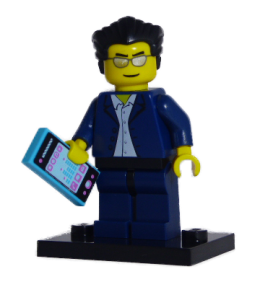
When designing a LEGO® figure for someone, the process becomes a collaborative one, between the designer and the designee. It becomes a process of identification and definition that seeks to identify someone in a real way and this involves figuring out what it is that essentially defines a person. Of course as previously discussed, LEGO® is a very limiting medium and so we’re not aiming for any grand exposition of the human condition, however we are looking for a fundamental way of describing certain identities using limited resources. In this sense, questions of identity and being become very relevant to the ultimate question (in this instance) of what a person may look like in LEGO®.
For someone who has a love of art and philosophy such as myself, this process becomes very exciting and pregnant with possibility. Transcendental worlds begin to combine in an exploration of the self and this is essentially what I believe art should be. This is where the visualisation process resides, where true imagination becomes necessary. It is where seeing something like the crucial aspects of someone’s personality in your mind’s eye then get translated into something substantial and concrete and the artistic process comes full circle.
Now of course the way you represent someone, even as a LEGO® figure can be as diverse as people’s personalities are. However, given the fun nature of LEGO®, it lends itself to capturing the more innocent and positive aspects of someone’s personality and this is hardly a bad thing. You could of course (and LEGO® figures have) represented people as being angry and scary and sad, but this generally doesn’t capture a person’s essential characteristics, let alone those you would want to be defined by. For those reasons I’m more than happy to stick to positive or at the very least quirky and eccentric characteristics when it comes to designing figures, though the possibilities are in actuality far more broad than this.
Once the tough questions have been asked and (hopefully) answered the next step in the creative process can be to give the characters names (funny, quirky or otherwise). Naming the LEGO® caricatures is certainly not necessary and in some ways it can be inhibitive of a broader and freer process of definition, but it can help to cement the personality you are seeking to create and even redefine it in some ways.
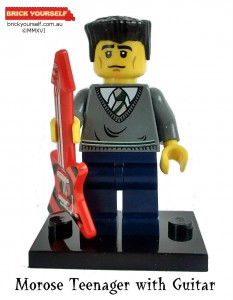
I’ve added some examples of quirky Brick Yourself characters here at the end to provide some illustrations of how creative you can get by simply adding some LEGO® parts together. This process can be taken even further by writing a poem or a story for each individual figure, thereby developing and adding to their personalities and the character of another possible LEGO® figure world, but this is a topic for another article.
It has been long held that working with LEGO® involves an artistic process. What I hope I have shown to some degree is that working with LEGO® figures in particular involves so much more. The process of visualising someone as a LEGO® figure involves drawing from broader artistic and philosophical principles which add to our ability to define each other and the world, and in this sense, this is entirely what the process of art should be about.
Brickman Dan is the founder of Brick Yourself and publishes regular articles on how LEGO® Art & Design, as well as LEGO® Investment.


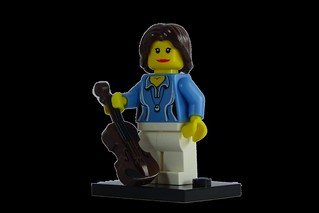


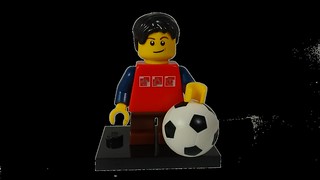
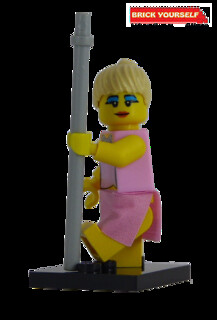

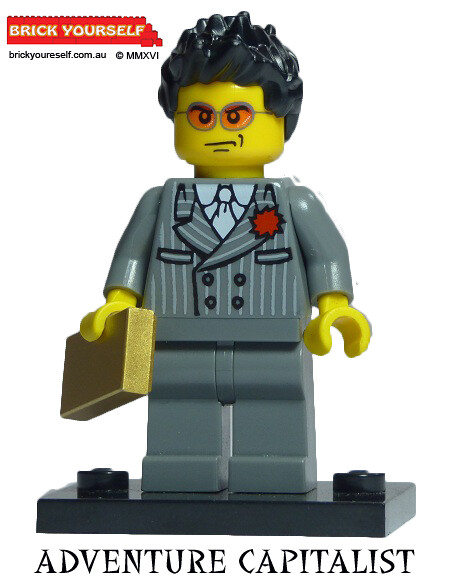
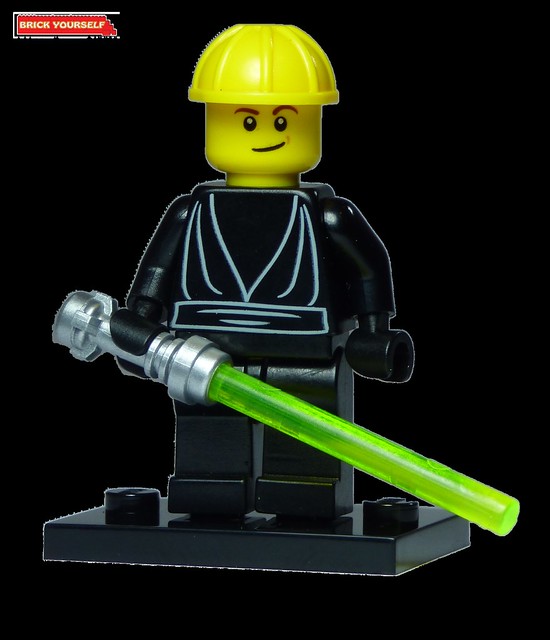
No comments:
Post a Comment